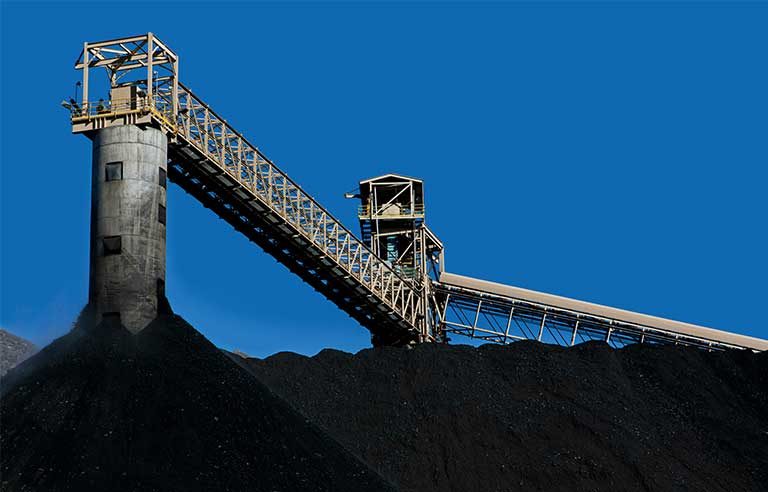DOL OIG to audit MSHA’s inspection processes during pandemic

Washington — The Department of Labor Office of Inspector General will conduct an audit of the Mine Safety and Health Administration’s ability to complete required safety and health inspections amid the COVID-19 pandemic.
In an audit notice dated Oct. 29 and addressed to MSHA Deputy Assistant Secretary for Policy and acting administrator Jeannette Galanis, Carolyn Hantz, assistant inspector general for audit programs, requests copies of inspection reports and various other agency records, policies and procedures. These include:
- National, regional and district documents applicable to COVID-19 adjustments or other process changes related to mandatory safety and health inspections
- Criteria for assigning and changing mine status, including any business rules
- More recent versions or pending changes to the MSHA Program Policy Manual, Volume 1; supervisors’ handbooks; the MSHA Centralized Application System user manual; and the Inspection Application System user guide
- Accountability audits, internal reviews and evaluations issued since Oct. 1, 2017, related to mine status classifications or changes, completion of mandatory inspections, or COVID-19
The Federal Mine Safety and Health Act of 1977 directs MSHA to inspect underground mines four times annually and surface mines twice a year.
The audit notice indicates that “work is expected to begin immediately” after a meeting between DOL OIG and an MSHA audit liaison “to discuss the audit objective, scope and methodology.”
A DOL spokesperson told Safety+Health that “MSHA is aware of the OIG audit of the COVID-19 impact on MSHA’s mandatory inspection program and will comply with the request for information.”
During a Sept. 29 stakeholder conference call, Galanis said MSHA won’t require COVID-19 vaccination or weekly negative testing at the nation’s mines. She said the Mine Act gives MSHA the authority to issue hygiene-related citations and temporarily shut down mine operations at facilities in which the coronavirus is found to be spreading.
Agency officials on the call also pointed to updated MSHA guidance – issued in March – that advises mine operators at coal, metal and nonmetal mines to establish a virus protection program or augment an existing one. The guidance includes recommendations on the use of personal protective equipment, physical distancing strategies, improving ventilation, effective hygiene and routine cleaning.
“We must be able to inspect mines during COVID,” Galanis said, “and so our mine inspectors are doing their jobs and getting out there and trying to be as careful as possible.”
Post a comment to this article
Safety+Health welcomes comments that promote respectful dialogue. Please stay on topic. Comments that contain personal attacks, profanity or abusive language – or those aggressively promoting products or services – will be removed. We reserve the right to determine which comments violate our comment policy. (Anonymous comments are welcome; merely skip the “name” field in the comment box. An email address is required but will not be included with your comment.)

